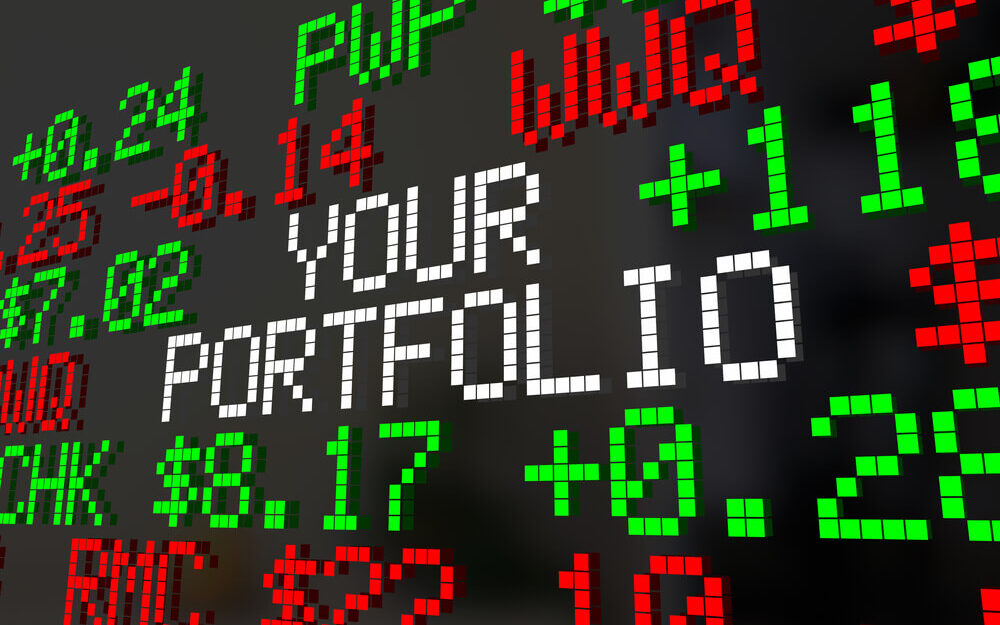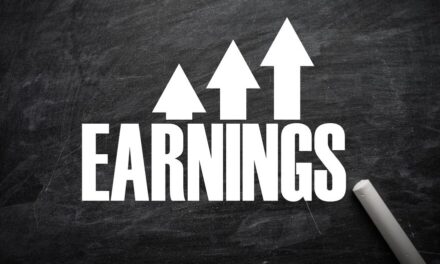I wrote last year that the 60/40 portfolio is dead.
“Dead” might have been a little harsh. The market blasted higher over the year that followed. But there’s a good chance three factors today are hurting the returns of a portfolio invested in 60% stocks and 40% bonds:
- Low bond yields.
- Inflation roaring higher.
- And stocks already sitting near all-time highs.
But what about an old relic of the 1980s, the Permanent Portfolio?
The late Harry Browne, a writer, investment adviser and two-time Libertarian presidential candidate, popularized the Permanent Portfolio. It is simple yet elegant. Because you can’t know with perfect foresight what sort of economy you’ll be living in, you have to plan for everything: inflation, deflation and everything in between.
Browne divided his Permanent Portfolio into four equal parts:
- Stocks.
- Long-term bonds.
- Cash.
- Gold.
And he rebalanced it annually with the idea that there’s always a bull market in something.
Stocks tend to do best during times of stable prices and solid economic growth. Long-term bonds do best during times of falling inflation and during recessions. Gold is a natural inflation hedge and does best during times of rising prices or currency instability. And cash is the ultimate crisis hedge, giving you that all-important dry powder when you need it.
The Proper Permanent Portfolio Allocation
The Permanent Portfolio is simple. You can put it together using the four categories above with just four ETFs:
- Stocks: The Vanguard Total Stock Market Index Fund ETF (NYSE: VTI).
- Long-term bonds: The iShares 20+ Treasury Bond ETF (NYSE: TLT).
- Gold: The SPDR Gold Shares (NYSE: GLD).
- Cash: The SPDR Bloomberg Barclays 1-3 Month T-Bill ETF (NYSE: BIL).
Once a year, you sell down the ETFs that have moved above their 25% weight and buy more of the ETFs that have drifted lower. The idea is that you will always buy low and sell high with the Permanent Portfolio.
That sounds good. But does it work in the wild?
Indeed, it does.
Over the past 12 months through April 30, the Permanent Portfolio based on these ETFs returned 7.4%. It skated through the pandemic with no significant damage
Over the past three, five and 10 years, the Permanent Portfolio would have returned 9.6%, 7.2% and 6%, respectively.
Tweaks for the Post-COVID Investor
 Now let me be clear: The Permanent Portfolio is not perfect.
Now let me be clear: The Permanent Portfolio is not perfect.
It’s arbitrary to set each portfolio weighting at exactly 25%, and 25% allocated to cash is a lot of permanent dry power for most investors. It wouldn’t be hard to build a better mousetrap based on the same basic principles.
That’s exactly what Ray Dalio did to grow his firm Bridgewater into the largest alternatives manager in the world.
Dalio’s $140 billion hedge fund runs a more sophisticated version of Browne’s Permanent Portfolio.
That said, there are a couple of aspects of Browne’s portfolio that I think are well-suited for this post-COVID-19 climate.
To start, it’s heavy in gold. While the Fed insists it’s only “transitory,” inflation is back. We’re seeing it in everything from basic materials used in construction to consumer electronics. The Federal Reserve has made it clear that it intends to let inflation run “hot” for a while. That’s wildly bullish for gold.
High inflation also means higher volatility as the market handicaps the probability of rate hikes or other monetary tightening by the Fed. So even if you’re losing a little purchasing power on your idle cash, that large 25% cash cushion gives you plenty of ammo to buy any dips ahead.
But I would recommend deviating from the standard Permanent Portfolio in one key way. Be willing to rebalance more often than once per year. As an example, the epic market crash of March 2020 would have been a fantastic time to rebalance and put some of that cash to work. Likewise, the rout in bonds and in gold in the second half of last year and the beginning of this year was a nice opportunity to rebalance.
We don’t know for certain what comes next in 2021, but we should be ready to pounce when it happens. And the Permanent Portfolio gives us a chance to do just that.
Until next time…
To safe profits,
Charles Sizemore
Editor, Green Zone Fortunes
Charles Sizemore is the editor of Green Zone Fortunes and specializes in income and retirement topics. Charles is a regular on The Bull & The Bear podcast. He is also a frequent guest on CNBC, Bloomberg and Fox Business.






